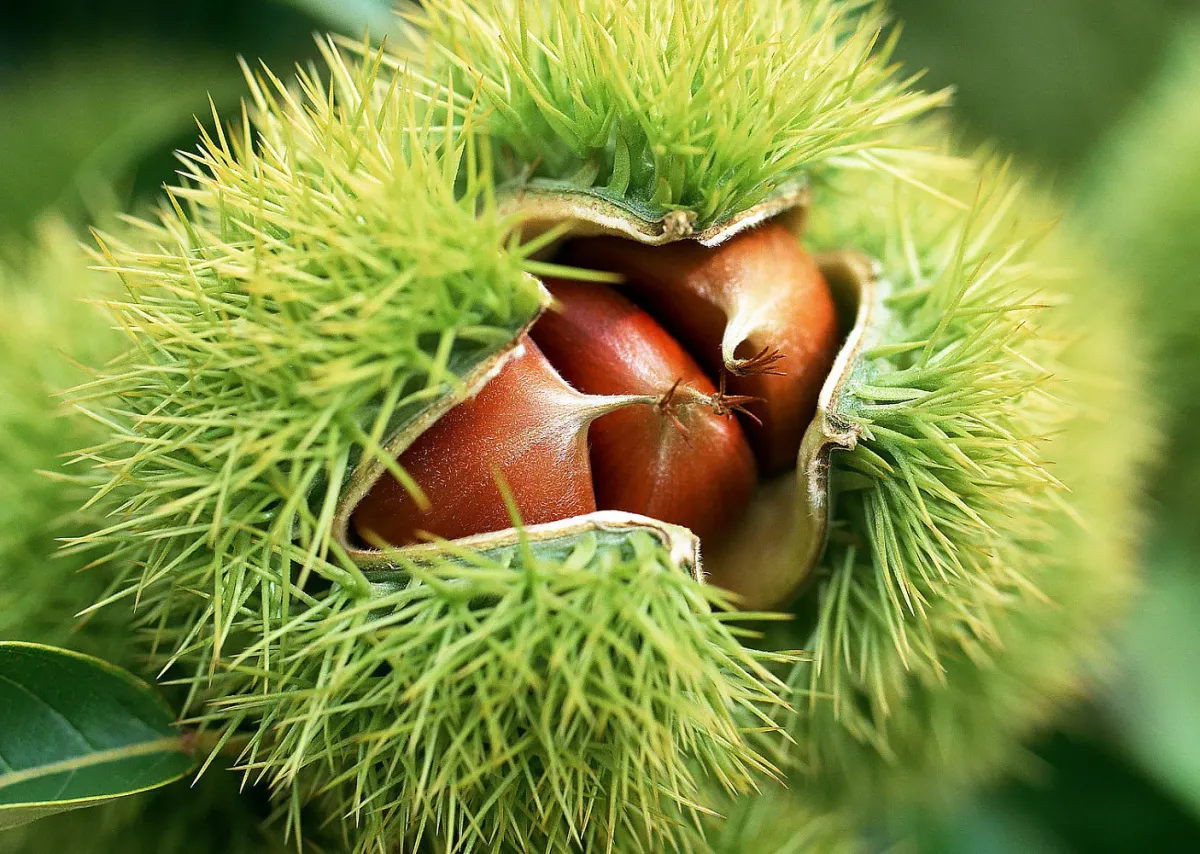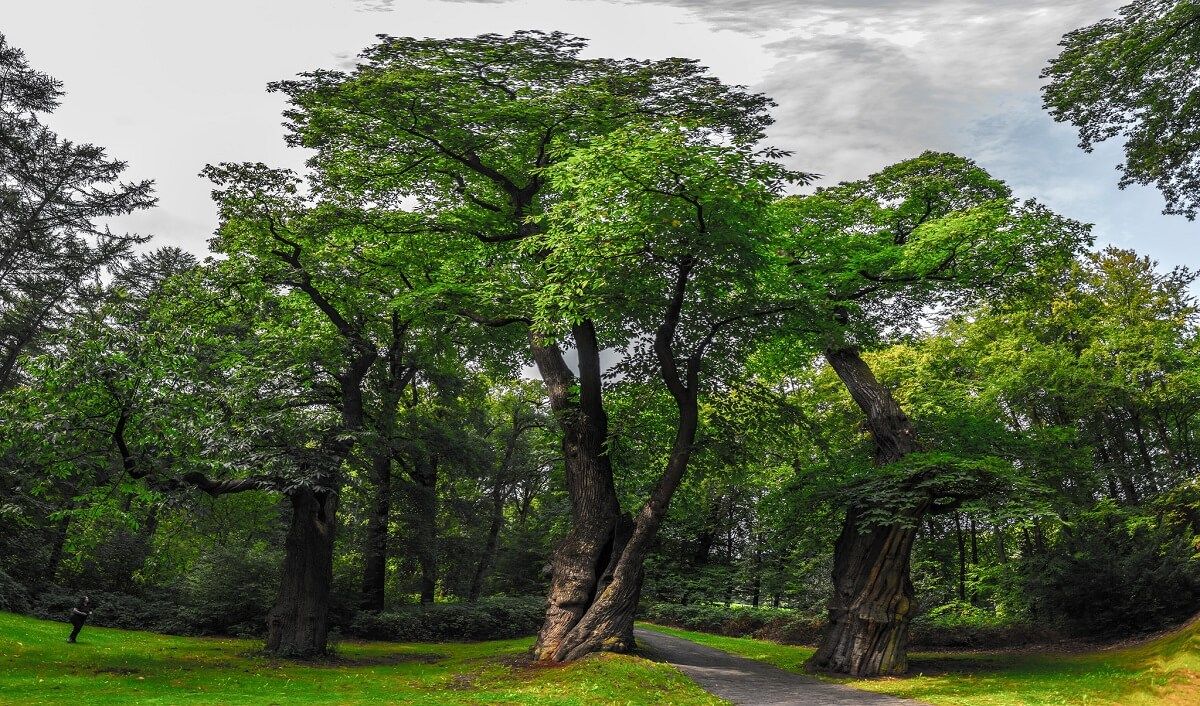Soil and Trees and Chestnuts, Oh My!

I moved house from the mainland to an island a few days ago, so have needed a few days to recover and get reoriented.
THE PROBLEM: Industrial agriculture, forestry, and urban design have devastated soil quality in urban and rural spaces. Deforestation has limited the amount of carbon that can be cached back into the soil, leaving it in the air as greenhouse gases. Rain and stormwater, in cultivated and urban areas, has been allowed to simply run off into streams and rivers, rather than being guided back into the soil and aquifers, exacerbating drought.
WHO'S ALREADY ON IT: Jordan Fink is a landscape ecologist in Portland, OR. He is the founder, chief cook and bottle-washer of Build Soil, a non-profit dedicated to educating about how to successfully regenerate soil fertility in yards as well as fields and other spaces. He also gathers American Chestnuts (the edible kind) and starts tree seedlings, which he then distributes to people who want to plant them. His passionate mission is to get individuals in North America to plant 1 million chestnut trees, as a food source as well as a carbon-sequestration tool.
Wait - chestnut trees? Why Chestnuts?
"Chestnuts can be eaten roasted, or dried and milled into flour to make bread, pasta, and desserts," the Build Soil web site reminds us. "One chestnut tree can provide around half the grain needs of an adult.... Mature chestnut trees can produce the same amount of food as a cornfield, but unlike corn, they produce in a canopy. There is room underneath them to grow other crops, foster native plant restoration, or to walk on streets and sidewalks."
Chestnuts are a traditional food source all over Europe, providing nutrients like manganese, copper, and potassium. If we plant enough of them, we can stop depending so heavily on wheat, an industrial crop that has been part of the monocrop agriculture problem for soil deterioration. Chestnut trees don't need to be planted in farms or fields - they fit right into urban environments, small and large. Wouldn't it be great to have a local food source that also makes a beautiful hometown environment?

(photo: insteading.com)
While chestnuts like moist soil, drier climates in the Southwestern regions need Mesquite trees, as a source for food, fuel, and medicine, as well as carbon sequestration and soil improvement.
Check out BuildSoil.net as an information source for permaculture principles and understanding ecoregions, as well as finding chestnut growers in your area.
#Ground #food #water #climate #bioregions #regenerate #permaculture #education